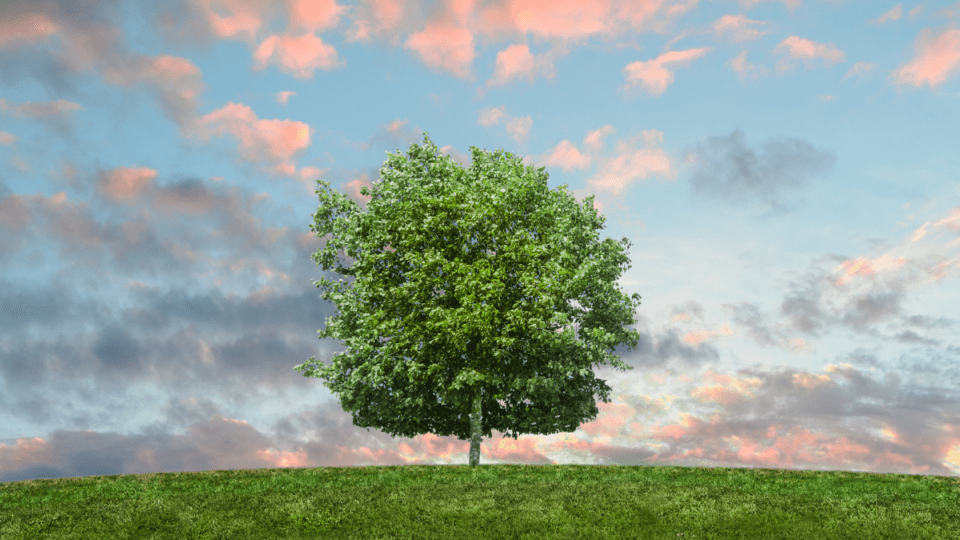Landscape design is incomplete without specimen trees. They come in many shapes and sizes, including large, small, plain, tall, or rounded. To add visual interest and seasonal splendor, they are often planted in singles, rather than in groups or rows (e.g., Japanese maples for fall color or flowering cherry blossoms for spring decor). There are many specimen trees available depending on where you live, how big your space is, what your needs are, and what your preferences are. In this article, Rick Vermillion Colorado Springs helps us with planting a specimen tree in your yard.
What is a Specimen tree?
A specimen tree is one that has been chosen to be the focal point in a landscape. A specimen tree is a tree that stands out from other trees or shrubs in your landscape because of its unusual shape, texture, and color.
Why should I plant a specimen tree?
Gardeners and plant enthusiasts are predictable in a few ways. We love nature in all its forms and see beauty in simple things like the changing seasons. What is more beautiful than a tree with pink blossoms in spring, a huge oak with large brown leaves in winter, or a lush evergreen in snowy areas? The beauty of a tree selected for its seasonal drama can bring us joy and also hope as the seasons change. For example, if a redbud tree seems weak and spindly in winter, it will soon be covered with lavender flowers in spring.
Some specimen trees may have unique textures in their bark and foliage, striking foliage colors, or striking branches (such as a corkscrew). In these climate changes, flowering trees are vital for pollinators as they can provide food and shelter. They can also be food for wildlife and people. Finally, specimen trees have many practical uses. They can provide shade or a canopy of flowers in spring, which is perfect for outdoor gatherings.
The Impact of Specimen trees
The aesthetics of your yard will be affected by the presence of a specimen tree. It could also impact wildlife. You should check to see if the tree you have chosen is susceptible or not. It is crucial to choose the right spot for planting because the root system can have a significant impact on many things such as your foundation, sidewalks, and your water table. Talk to an arborist about how the tree will impact your property in the future.
Considerations when choosing a specimen tree
It is important to consider the following questions when selecting a specimen tree. You want to choose wisely when planting a tree.
Rate of growth
Some trees grow more quickly than others. For example, Japanese maples grow very slowly. Some trees that grow quickly can lose their structural strength over time (weeping willows). You should consider whether the tree will be a good match for many years. Some trees can live for hundreds of years. An old Greek proverb says that “A society grows great when older men plant trees in the shade of which they will never sit.”
Size
Is the tree too large for your yard or too tall to be maintained easily? Trees can reach over 100 feet in height, but pruning a tree that is 30 feet tall presents problems. To determine the distance you can plant your home or other structures (including powerlines), be sure to check the tree’s canopy or mature spread.
Shape
Think about the shape of the tree. Will the branches form a vase shape or will they grow gracefully? They will grow gracefully and not require too much pruning. Are they a good contrast to other trees or shrubs? Before you make a purchase, do some research.
Weather
You should choose a tree that is suitable for your area. Consider the weather conditions in your area. Are there strong winds in winter? Are there frequent thunderstorms in the summer? You can choose a tree that is hardy and healthy for your area by doing some research.
Nut or Fruit Trees
Some fruit and nut trees can produce quite a bit of litter (fallen fruits, nutshells, etc.). It can be a problem if you don’t use it often enough. This litter could attract wildlife, as deer love fallen apples! You should be aware that insects may find rotting fruit attractive, so be ready for this. Planting a fruit tree or nut tree to be a specimen tree is a good idea. Otherwise, you will need to plant several.
Color
A specimen tree is a great way to add color to your landscape. Some deciduous trees can turn spectacular colors in autumn. Others have unusual colors, such as purple, in all three seasons. Many evergreens display dramatic color contrasts as new growth emerges. There are many cultivars that can be used to grow specimen trees. Think about when your specimen tree will bloom. Do you want bright magenta blossoms from a crab apple while your purple lilacs peak in May? Perhaps you prefer a color explosion later on in the season. To enhance your garden’s beauty, plan for the maximum bloom time.
Texture
Many parts of a tree’s texture include the bark, leaves, and fruits. The tree’s ability to reflect sunlight depends on its texture. Azaleas, for instance, have very glossy leaves while holly has very shiny leaves. Some oaks have shiny leaves while others have matte surfaces. The shape of the leaves also affects texture: leaves that are small and clumped together on one branch may look very different from those with large flat leaves like redbud or catalpa. Larger leaves will provide more shade. There are many textures available in evergreens, particularly in junipers or firs. You can also find attractive texture in bark by using shagbark, river birch, or sycamore.
To learn more about landscaping, contact Rick Vermillion.

